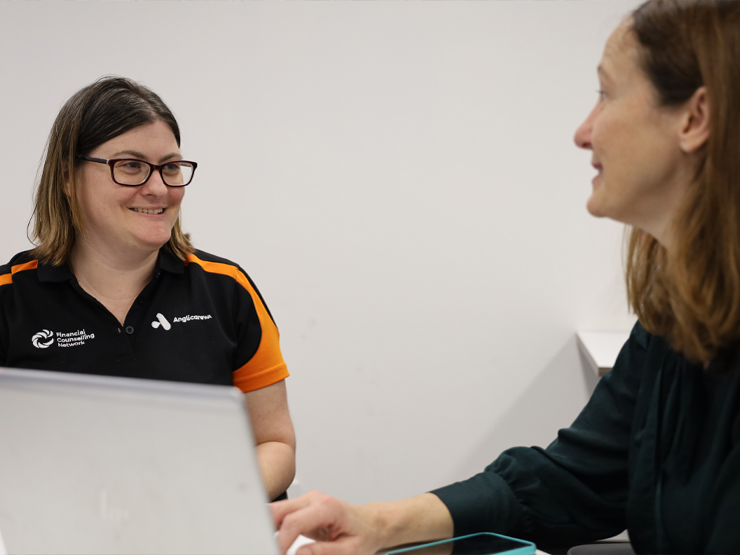The Emergency Relief and Food Access Service (ERFAS) is celebrating its fifth anniversary at a time when more and more West Australians find themselves needing support to cope with persistently high cost-of-living and housing stress.
Established in April 2020, the ERFAS is an initiative of the Financial Wellbeing Collective (FWC) with Anglicare WA as the lead delivery partner. Initially established as a COVID-19 response, ERFAS was designed to provide a simple and accessible entry point for individuals seeking emergency and food relief services. It offers a dedicated 1800 phone service for individuals and families seeking food and emergency relief.
Financial Wellbeing Collective General Manager Helena Jakupovic said the intervening years have cemented the service as a vital lifeline for Western Australians facing financial hardship.
“No one anticipates facing a financial crisis that leaves them unable to afford necessities like food. ERFAS recognises the stress and urgency involved and provides prompt and non-judgmental support. ERFAS exists to make navigating the emergency relief system easier for the community”.
Ms Jakupovic said the client data showed that things have only gotten tougher for people on low incomes or who are struggling with financial hardship.
“Clients cite the cost of living as the main reason for needing emergency relief. Many of our clients have exhausted their financial reserves and have nothing left to afford food. Some of those are people who have full-time employment and mortgages.”
“To address food stress in our community, we need increased funding to emergency relief service providers, particularly in regional areas where there are even higher levels of unmet need. We need to support the infrastructure with more people to answer calls. The more partners we have to deliver those critical services across the state, the better we can help people doing it really tough”.
“In 2025, 95% of ERFAS clients earned $60,000 or below. We need to raise government income support above the poverty line, while targeting support packages and increasing state-funded concessions and benefits for those on low wages. Ultimately, we have to ensure that people on low incomes have guaranteed access to ongoing, dignified low-cost food options, not just when things are desperate, but all the time”.
The FWC is a partnership of 12 partners united to reduce the drivers and impacts of financial hardship in Western Australia. ERFAS amplifies this effort by partnering with key organisations such as Foodbank WA, Starting Over Support, St Patrick's Community Support Centre, Vinnies WA, and The Salvation Army WA, along with FWC partners, Anglicare WA, Communicare, The Spiers Centre and Uniting WA, we ensure clients receive seamless, statewide support.
Income Trends:
- On average, 85% of people accessing ERFAS over the past five years disclosed that income support was their main source of income.
- Assessments for those on income support grew from 8,812 in 2021 to 10,746 in 2024.
- Age Pensioners as a cohort increased from 7% (632) in 2021 to 9% (1194) in 2024.
- The percentage of employed clients accessing the service grew from 5% in 2021 to 12% in 2024, reaching 13% in 2025.
- The number of assessments for clients whose main source of income is employment grew from 498 in 2021 to 1,503 in 2024.
Housing Trends:
- Housing stress is a key driver of financial insecurity, impacting many households’ ability to afford food.
- Renters (private, public, community) are the majority of households accessing support.
- Since 2020, the percentage of ERFAS clients with mortgages has increased from 9% to 13%, and the cohort of Boarders has increased from 7% to 10%.
Trends summary
- Low-income households are most impacted by rising costs and the ability to afford food.
- Clients are falling through gaps in the safety net here in WA. We need to do better by clients who are disproportionately impacted by rising costs.
- A growing trend for ERFAS has seen low waged clients accessing the service. Most of these clients are earning minimum wage.
- The housing crisis has seen boarders and lodges reaching out for support. An indicator of housing insecurity, for many clients, boarding is the only viable option. This is a form of secondary homelessness, as many struggle to afford stable housing.
Of the ERFAS clients to date in 2025:
- 71% were in single-adult households
- 48% of households were living with children (over 6000 kids)
- 95% of those accessing the service earn under $60K per annum






